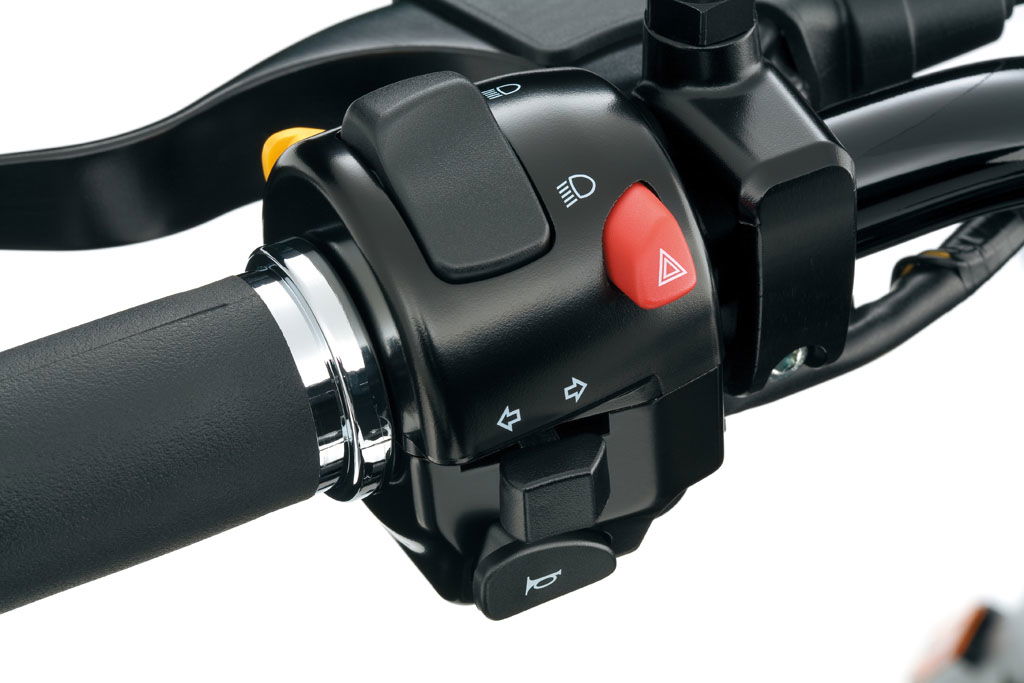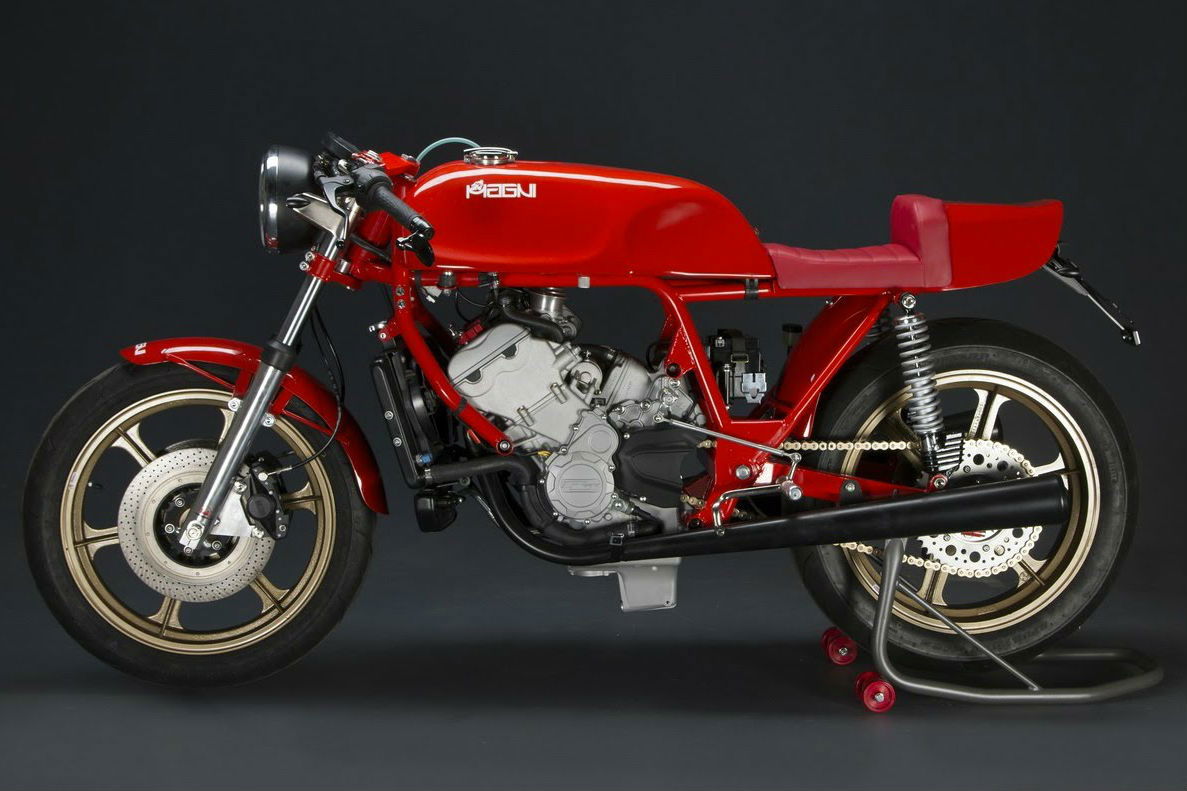Top 10 pointless motorcycle innovations
For every giant leap forward, there are plenty of dead-ends

WE’RE not Luddites here at Visordown. New ideas and technologies are welcomed with open arms providing they meet just a couple of simple criteria.
First, they’ve got to work. More specifically, they’ve got to work better than whatever it is they’re trying to replace. It’s all very well having a voice-controlled interface via your iPhone, with colour graphics and haptic feedback, but if whatever it controls can be achieved on other bikes just as effectively by pressing a button on the dash, then we’re not impressed.
Second, they’ve got to have a purpose. The technology involved in allowing you to cycle through 437 different shades of instrument lighting might be impressive, and could work flawlessly, but to be honest, it’s completely pointless in the first place, so why bother?
Here are our top 10 innovations that don’t make the grade
10. Self-cancelling indicators
These have been tried several times over the years but manufacturers inevitably revert to the traditional ‘push-to-cancel’ layout for a simple reason that it works better. The latest attempt at self-cancelling, on Honda’s 2014 VFR800, features all sorts of inputs, including speed and acceleration, to decide whether or not you’ve completed your manoeuvre. But its little computer brain still doesn’t really know, so gets it wrong on occasion. Your own brain, which is a tad more capable, does know when to cancel the indicators. So it still works better.


